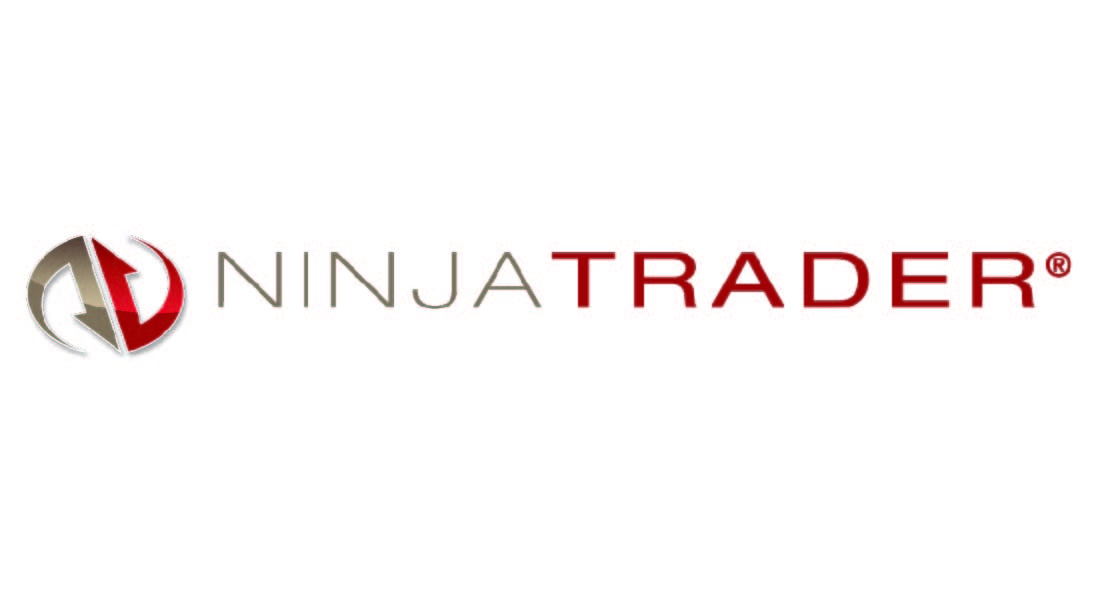♦Spoofing Across Multiple Exchanges♦
A series of disciplinary notices released by the CME Business Conduct Committee recently revealed that a trader agreed to a settlement that distributed $75,000, $25,000, $20,000 and $5,000 to four exchanges – all for the same prohibited activity.
Yuchun Bruce Mao, who was employed as a proprietary trader, was cited for “entering orders without the intent to trade,” a form of disruptive trading known as spoofing.
Because Mao engaged in this activity trading various products over multiple exchanges, his $125,000 settlement was divvied up among the affected entities – CME, CBOT, NYMEX and COMEX.
This is just another chapter in the “Futures Markets Spoofing Takedown” the Department of Justice announced in January. With sophisticated surveillance and data analysis systems in use by regulators, traders need to understand the nuances that differentiate legitimate market making from spoofing.
Our Market Conduct course was written to educate traders and compliance personnel on the mechanics and consequences of engaging in spoofing, wash sales, market manipulation, pre-arranged trading, noncompetitive trading, front-running, insider trading and other infractions.












